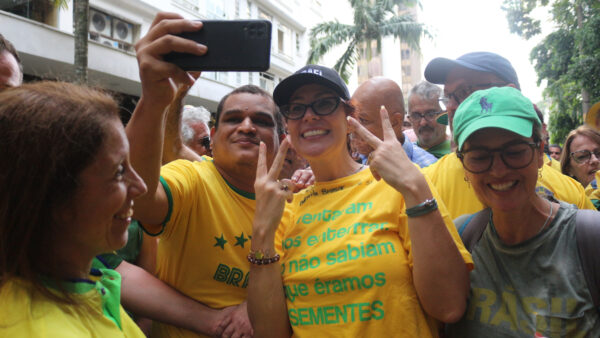Good morning and welcome back to the Brazil Sports newsletter. This week, we’re taking a look at the future of the Copa Libertadores, South America’s biggest club competition. Should it turn more to Europe? Or should it double down on its roots? This year’s final will be a crucial yardstick. Plus, we take a look at foreign managers in the Brazilian game, with Flamengo’s Jorge Jesus setting a trend for the rest of the league. Happy reading!
Could the Copa Libertadores go global?
The Copa Libertadores is the most important trophy in South America. Billed as the continent’s Champions League, it has always been a unique, gritty and unpredictable tournament that bears little to no resemblance with Europe’s standardized corporate hospitality-a-thon.
Why it matters. Decades of reckless organization and poor marketing have left the Libertadores at a crossroads: the quality gap with European football gets wider every year, and the World Club Cup (still the ultimate goal in South America) is becoming less and less relevant every year. It has become abundantly clear that the tournament needs a kick up the backside, but which direction will the Libertadores take from here on out?
One leg good, two legs bad? The leading trend at the moment is to make the Copa Libertadores more and more like the Champions League. The first major step in this direction has been to do away with the tournament’s traditional two-legged finals, replacing them for a one-off showcase match at a neutral venue. This year, the big game will take place in Santiago, and the tournament organizers have recently announced that the Maracanã stadium in Rio de Janeiro will be the stage for next year’s decider.
It remains to be seen just how well a one-legged final will work in South America, however. Firstly, home and away games make a lot more sense in the continent. Distances are longer, the culture of fans traveling abroad to watch their teams is less strong, and home advantage is more pronounced.
As a hypothetical, were 2017’s final between Atlético Nacional and Independiente del Valle to have taken place in a one-off game in Brasília, there is a good chance that the 70,000 seater stadium would be left largely empty. Having a South American final in a small neighborhood ground—as was the case in 2018, when Lanús hosted Grêmio in their cramped La Fortaleza stadium in Buenos Aires—is arguably part of the charm.
The Almighty Dollar. Another idea being floated is to expand the Copa Libertadores beyond the Darién Gap and include North and Central American clubs. There is some precedent for this, with Mexican clubs being a part of the Libertadores between 1998 and 2016. The dream of South America’s football...


 Search
Search






































